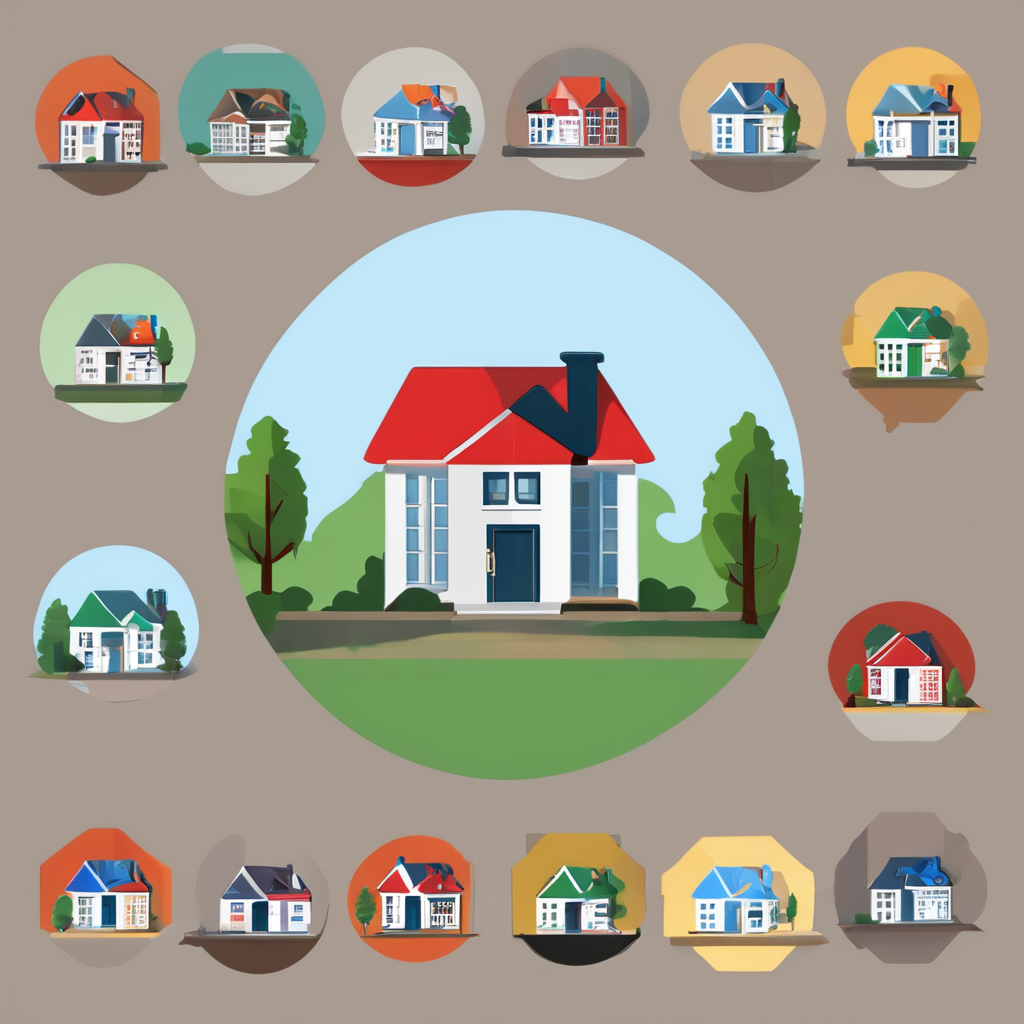Current State of UK Commercial Real Estate Post-Pandemic
The UK commercial real estate market is navigating an unprecedented landscape as it emerges from the shadow of COVID-19. A post-pandemic analysis reveals a sector on the path to recovery, albeit with varied momentum across different segments. As businesses adapt to the new normal, a market overview indicates mixed signals of growth and transformation.
Key metrics, such as vacancy rates and rental yields, show signs of fluctuating. Markets with higher exposure to sectors like retail have been particularly impacted. However, logistics and industrial spaces are witnessing growth, buoyed by the e-commerce boom. These changes are testament to the pandemic’s reshaping influence.
Also to see : Comprehensive 2023 Rental Agreement Update Manual for UK Landlords: Navigate New Legal Requirements with Confidence
Stakeholders are cautiously optimistic, recalibrating their strategies with a renewed focus on resilience. The current investment climate reflects a mix of apprehension and opportunity, with investors favouring assets that promise stable returns amid ongoing volatility. This uncertainty also echoes through sentiment indices, highlighting stakeholders’ nuanced outlooks.
Despite the challenges, the sector shows potential for strategic investment and adaptation, as participants develop innovative approaches to thrive in this evolving real estate environment. This careful balancing act of risk and opportunity signals a dynamic future for commercial real estate in the UK.
Also to read : Key legal considerations for converting uk commercial properties into vibrant mixed-use developments
Emerging Trends in UK Commercial Real Estate
As the UK commercial real estate market adapts post-pandemic, notable trends are shaping its future. Commercial real estate trends, influenced significantly by the pandemic, have seen technological advancements carve new pathways.
Shift towards Remote Work and Its Implications
Remote work, accelerated by COVID-19, has become embedded in operational strategies, impacting office space demand. Companies are re-evaluating their real estate footprints, reducing office sizes or opting for hybrid models. This shift prompts a nuanced demand for spaces that blend physical presence with remote accessibility.
Rise of Flexible Workspaces
In response, there’s a growing preference for flexible workspaces. These versatile environments accommodate evolving business needs, providing agility and scalability. As companies pivot towards flexible leases and shared spaces, the workspace landscape continues to transform dramatically.
Technological Integration and Smart Buildings
The integration of technology in smart buildings has become essential. Enhanced connectivity, automation, and energy efficiency characterize these intelligent structures. By adopting smart technologies, properties can offer heightened convenience and sustainability, responding to the modern tenant’s evolving expectations.
This section captures how adaptive strategies and tech integration are steering the commercial real estate landscape towards an innovative and flexible horizon.
Challenges Faced by the UK Commercial Real Estate Sector
Navigating the post-pandemic landscape presents a myriad of commercial real estate challenges. Financial distress among property owners is evident as income streams fluctuate and operational costs surge. Coupled with these financial strains, altered demand across various property types complicates market dynamics. Retail spaces, for instance, face reduced foot traffic, while office rentals grapple with downsizing due to continued remote work trends.
Further complicating this scenario are the evolving regulatory changes imposed to promote public health and sustainability. These regulations demand rapid adaptation from property owners and developers, necessitating compliance investments and prompting strategic pivots. Failure to adjust can lead to potential penalties and loss of competitive edge.
To illustrate, stricter environmental regulations drive the need for energy-efficient retrofits, impacting property valuations and investment strategies. This shift highlights the imperative for market resilience. Stakeholders must stay informed, agile, and proactive in their approaches, ensuring they harness the opportunities these challenges present for strategic recalibration. Moreover, collaborative efforts and technological integrations can provide the resilience needed to thrive amid these ongoing challenges.
New Opportunities for Investors and Stakeholders
In the wake of pandemic disruptions, investment opportunities in the UK commercial real estate market present strategic avenues for growth. Investors are reshaping their strategies to align with the new market dynamics, marking a significant moment of market recovery.
Reassessment of Property Portfolios
A thorough reassessment of property portfolios is crucial. Some traditional assets have lost appeal, while others, like logistics and data centers, are gaining traction. Investors must evaluate their holdings, focusing on sectors demonstrating resilience and growth potential.
Sustainable Building Practices and Green Investments
Incorporating sustainable practices has become essential. Green investments are increasingly attractive, aligning with both regulatory demands and tenant preferences for environmentally friendly spaces. This shift not only ensures compliance but also enhances the value of the property in the long term.
Emerging Markets and Sectors
Exploring emerging markets and sectors, such as flexible workplaces and smart buildings, can offer lucrative returns. The rise of hybrid work models creates demand for adaptable spaces, while advancements in technology promise innovation in property offerings. Investing in these areas positions stakeholders at the forefront of the industry’s transformation.

